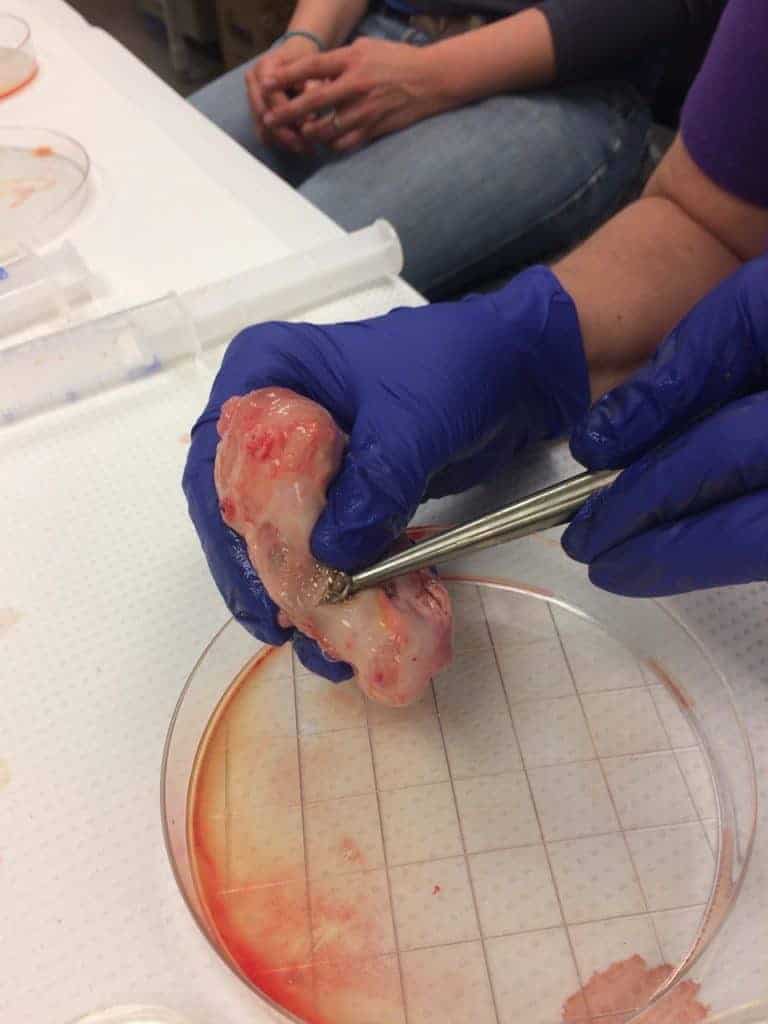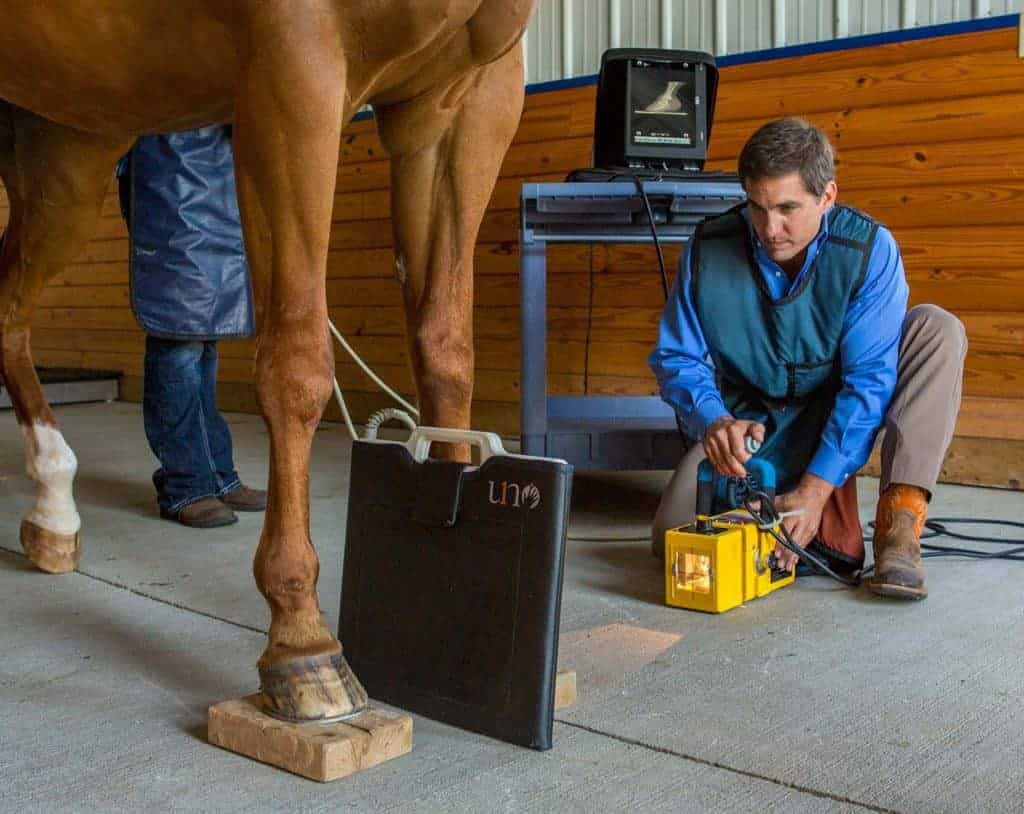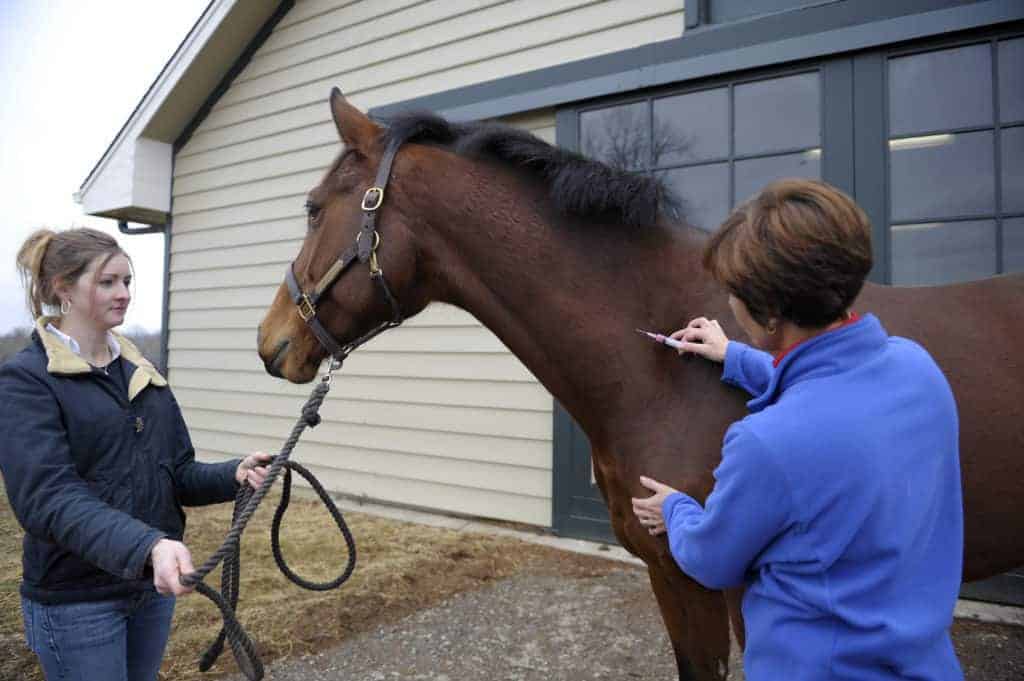
Tips for Evaluating the Subfertile Mare
One veterinarian describes how to use endometrial culture, cytology, and biopsy to evaluate subbertile mares.

One veterinarian describes how to use endometrial culture, cytology, and biopsy to evaluate subbertile mares.

Researchers discuss equine rotavirus infection in foals, bacterial upper airway infections, and more.

Persistent uterine lining inflammation in horses can lead to lower pregnancy rates and increased early embryonic losses.

A custom-designed equine CT table and a commercial Big Bore scanner make it possible to image neck lesions in horses.

Traditionally when a mare died, her gene pool often went with her. This isn’t always the case these days, however.

Researchers found that many radiographic abnormalities resolve by the time weanlings return to the auction as yearlings.

A complete, thorough, and timely work-up of the horse has the greatest effect on successfully treating colic.

Neonatal medicine is an important area of equine practice, because time is of the essence when youngsters are sick.

Prefoaling secretions have a pH of 8.0 to 8.5 which decreases to 6.5 or lower as foaling approaches, researchers found.

Vets can use MRI to help diagnose injuries, select treatments, monitor healing progress, and determine prognosis.

Enteral and/or intravenous fluid administration can be a crucial part of supporting sick foals and horses.

Many of the abnormalities researchers evaluated in weanling X rays improve by the time the horse was a yearling.

Reproductive endocrinology can influence a horse’s overall health and well-being.

Find tips on handling bacterial pleuropneumonia, pneumothorax and hemothorax, rib fractures, and ARDS in foals.

An equine behaviorist offers tips on managing potentially stressful situations to which horses might react adversely.

Controlling disease spread can be challenging. A veterinarian offers tips on how to react if your farm becomes infected.
Stay on top of the most recent Horse Health news with
"*" indicates required fields